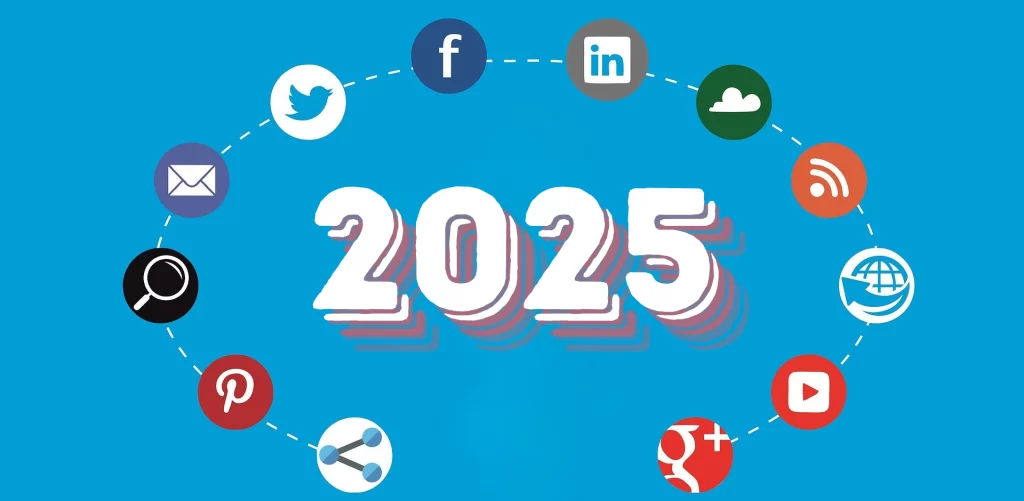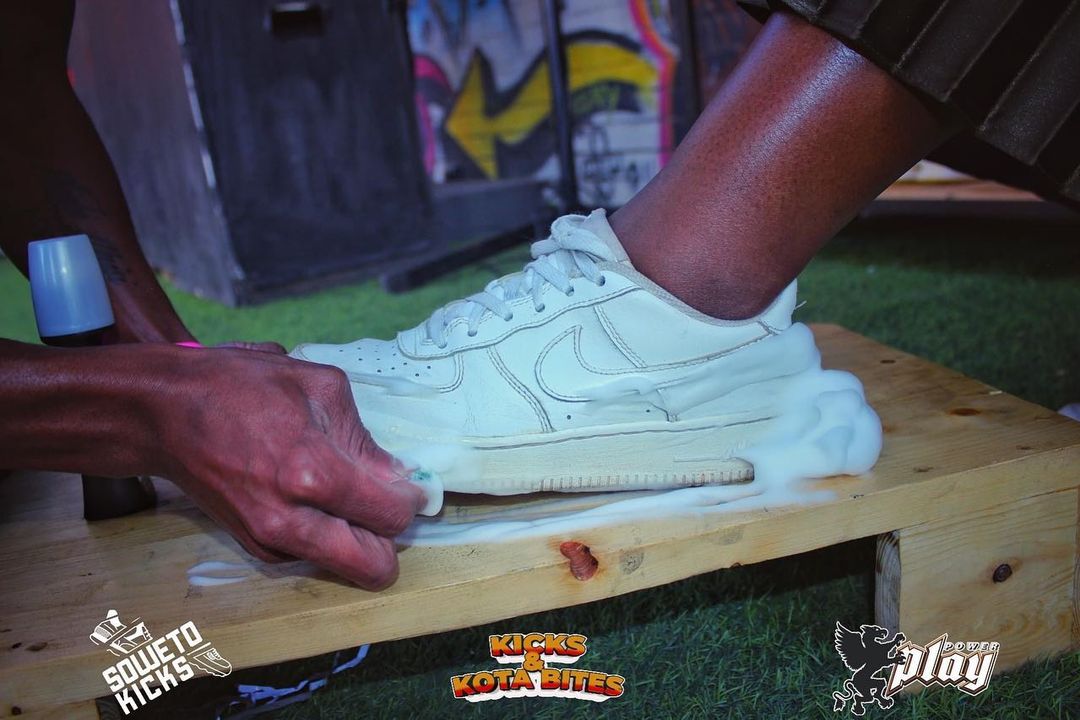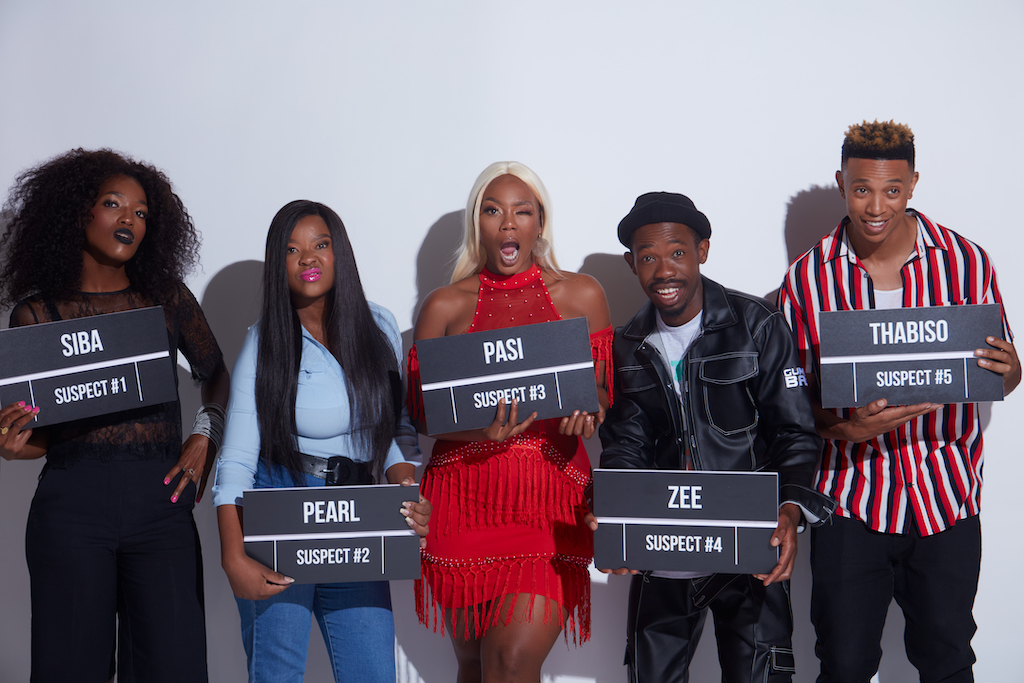As 2025 unfolds, the marketing world is embracing transformative trends driven by innovation and consumer behavior shifts. From live shopping on social media to AI-powered personalization, here are the top five trends reshaping the future of marketing:

1. Social Media Live Shopping: The Virtual Mall Experience
Live shopping is no longer just a novelty, it’s becoming the norm. Platforms like Instagram, TikTok, and YouTube are revolutionizing e-commerce by turning live streams into interactive shopping sprees.
Brands and influencers now showcase products in real-time, engaging with audiences directly. Viewers can ask questions, see products demonstrated, and make purchases instantly—all without leaving the app. This trend is particularly appealing to Gen Z and Millennials, who value seamless and engaging shopping experiences.
Live shopping combines entertainment with commerce, boosting conversion rates and building brand trust through real-time interactions.

2. AI-Powered Personalization: Marketing Tailored to You
Artificial Intelligence (AI) is taking personalization to the next level. From curated product recommendations to dynamic pricing, AI is helping brands understand consumers better than ever.
Imagine receiving a perfectly timed email featuring items you’ve been eyeing, or discovering a playlist curated based on your recent moods. AI analyzes consumer data to create hyper-personalized experiences, making every interaction feel tailor-made.
Personalized marketing increases customer loyalty, improves retention, and drives higher engagement rates.

3. Sustainability and Purpose-Driven Marketing
Consumers in 2025 demand more than just great products—they want brands to care about the planet and society. Companies that demonstrate genuine commitments to sustainability, ethical sourcing, and social impact are winning hearts and wallets.
Think refillable packaging, carbon-neutral production, and campaigns that support global causes. Sustainability is no longer a bonus; it’s a baseline expectation.
Purpose-driven marketing resonates deeply with conscious consumers, fostering brand loyalty and long-term success.

4. Immersive Experiences with AR and VR
Augmented Reality (AR) and Virtual Reality (VR) are turning traditional advertising into multi-sensory journeys. Whether it’s virtually trying on clothes, touring a hotel before booking, or playing immersive branded games, AR and VR are blurring the lines between the physical and digital worlds.
Brands like IKEA, Nike, and Sephora are already leveraging these technologies, offering consumers hands-on experiences from the comfort of their homes.
AR and VR create memorable interactions, increase engagement, and reduce buyer hesitation by offering a “try-before-you-buy” experience.

5. Voice Search Optimization: Marketing for the Alexa Era
With the rise of smart speakers and voice assistants like Alexa, Siri, and Google Assistant, optimizing for voice search is crucial. Consumers increasingly use conversational queries like, “What’s the best pizza near me?” rather than typing keywords.
Brands need to ensure their content answers these natural language queries to stay visible in voice search results.
Voice search drives convenience for consumers and rewards businesses that prioritize easy-to-find, conversational content.

Final Thoughts
The marketing landscape in 2025 is dynamic and fast-paced, shaped by advancements in technology and evolving consumer expectations. By embracing these trends—live shopping, AI personalization, sustainability, immersive experiences, and voice search—brands can stay ahead of the curve, delivering value and connection in bold new ways.
Are you ready to innovate and lead the charge? The future of marketing is here—adapt and thrive!
Read more: 2024 Marketing Campaigns| 2024 Brand Collaborations| Pat on Brands






























